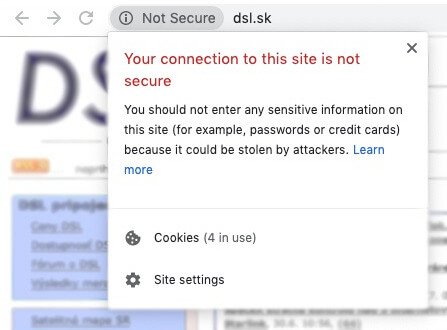
You had to listen to commercials, and if you wanted to listen to a specific type of music you had to change your dial all together. Originally, people were bound to whatever songs the radio DJ wanted to play. This creates opportunity for people to listen to appropriate music for their current situation or mood. Tags can be added to certain songs/artists which allow similar tags to be grouped together. With last.fm, people are no longer tied to specific genres that the industry creates. Listeners everywhere, want to be able to listen to their personalized stations on the go. Last.fm also has a mobile component that is definitely a viable asset. This not only gives you a way to see what other people are listening to, but you can keep up to date on other people’s opinions on music that’s similar to your own. You can have your friends imported from a variety of other social networking sites or even from your list of email contacts. Last.fm allows its user the chance to interact with other people as well.

Give feedback, connect through other popular platforms such as Facebook, view what friends are listening to, share playlists/stations, lists upcoming shows in their area, and that’s just to name a few.
#Lastfm scrobbler yes allow access free#
Last.fm is a free service (if you live in certain areas) and unlike most of its competition, it allows the user to skip as many tracks as they want, create personalized listening stations by tracking what music is played (whether it’s on their mobile device, computer, or a website), So in order to compensate for that, they’ve created a very social media friendly interface: “ Users can add shouts to songs, view what their friends are listening to, find music neighbors, and join groups.” This is just a handful of features that allows the listener the chance to have more input and control. Last.fm understands that the music industry-listener relationship is usually very one-sided. People want control, it’s as simple as that. With last.fm, people are able to share their comments on a particular song or artist with countless other people, which creates a sense of community that people long for. This not only gives people the opportunity to voice their own critical opinion, but it allows these trusted voices a chance to have their opinions heard by a wider audience. With the internet, thousands of blogs are being created and read daily. With a society that’s headed towards abandoning traditional methods of music discovery altogether, it’s important for social media music sites to hone in on what it is that people want. Instead, people as a whole are moving towards utilizing social media platforms to gain a greater insight as to what’s hot and what’s not. Many music aficionados are no longer turning to Rolling Stone to tell them what they should be listening to.

Last.fm is a social media site that is adapting to the constant change of the industry-listener relationship. As well as solidifying their position at being a leading social media music recommendation site. Although the company recently parted ways with their on-demand music function, this was a painful yet necessary step towards focusing on becoming a dominant music discovery program.

Users can love, ban or skip as many tracks as they wish. It currently is an application programming interface that allows users to recommend and share music with each other, all while maintaining their goal of being, primarily, a music recommendation site. By focusing on the music you already play we can help you discover more music.” “A scrobble is a little note The Scrobbler sends to Last.fm to let us know what song you’re playing. Scrobbling helps us tell you what songs you play most often, which songs you like the most, how much you’ve played an artist over a certain amount of time, which of your friends have similar tastes… all kinds of stuff.

Autoscrobbler is the recommendation system that allows last.fm to access what music is being played. Last.fm started out as a combination of two different sources: autoscrobbler and last.fm.


 0 kommentar(er)
0 kommentar(er)
